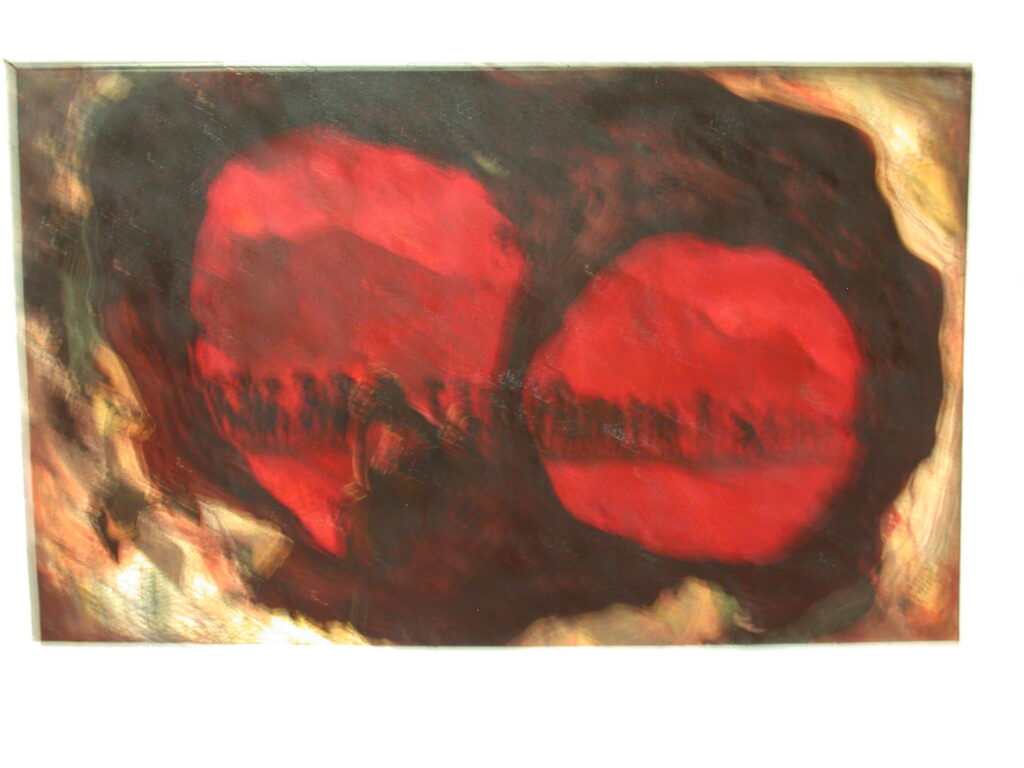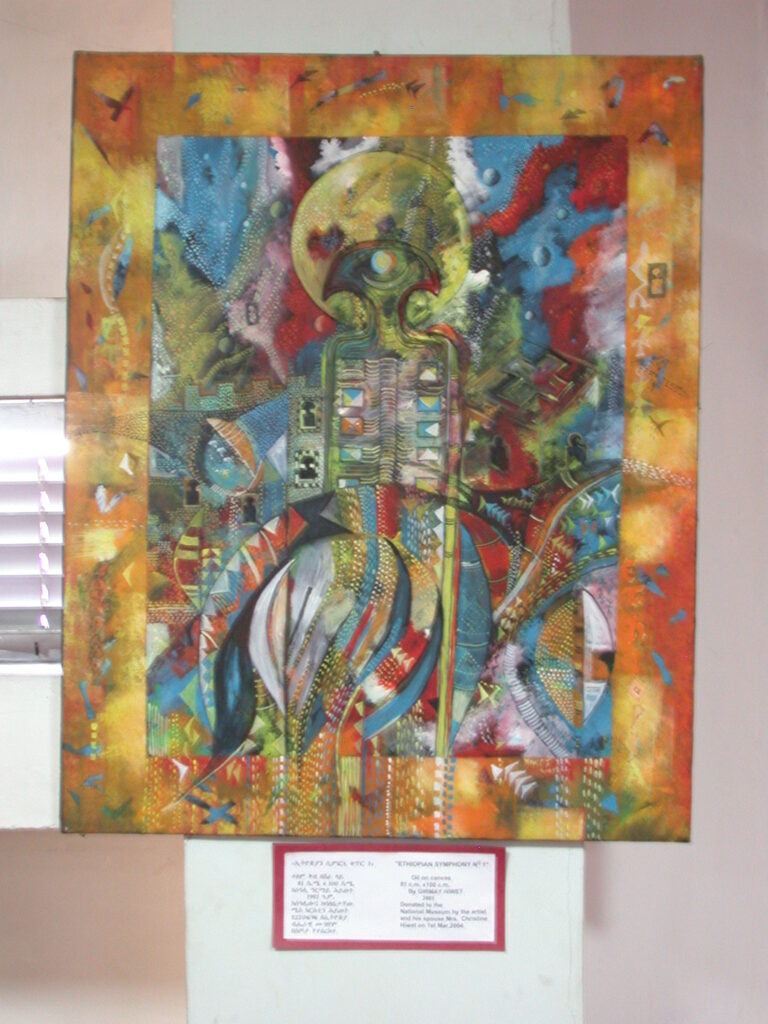After that Sunday (February 25) touring Addis Ababa with Paulos, I had an appointment scheduled with Dr. Berhane Asfaw at the Paleo Lab of the National Museum. Dr. Asfaw is one of my heroes because he was on the team that made the discoveries of three human remains at Herto in the Afar area of the Awash region of the Great Rift Valley in Ethiopia. In fact, he discovered the skull of a child in hundreds of pieces which he painstakingly cleaned and puzzled back together — a remarkable accomplishment which brought us much light on our early origins as the species Homo sapiens. The interview went very well.
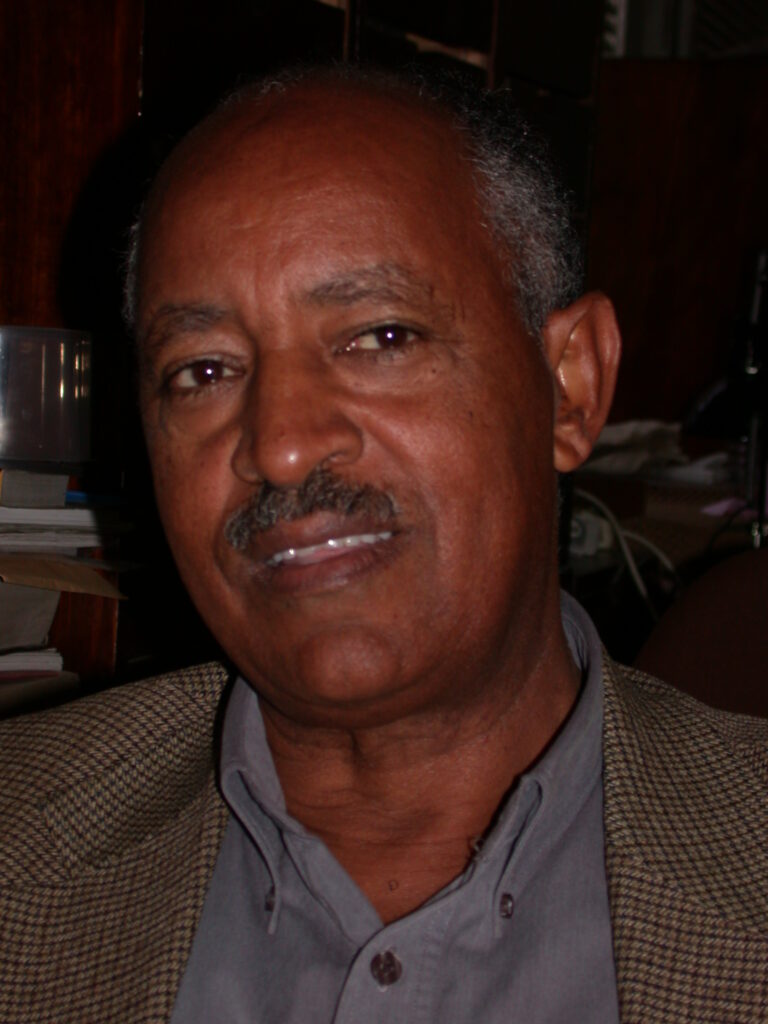
After the interview, I visited the National Museum and saw many interesting exhibits, including an excellent replica of Lucy, who was not Homo sapiens, but still an interesting gal who is back there somewhere in the early story of human origins.
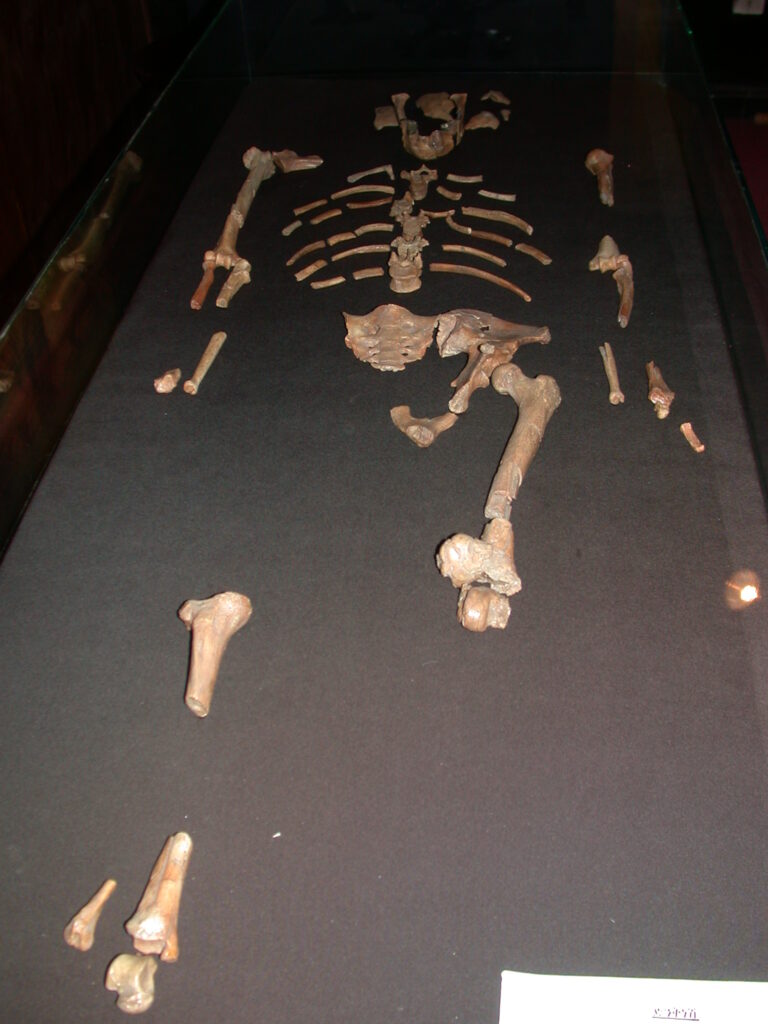
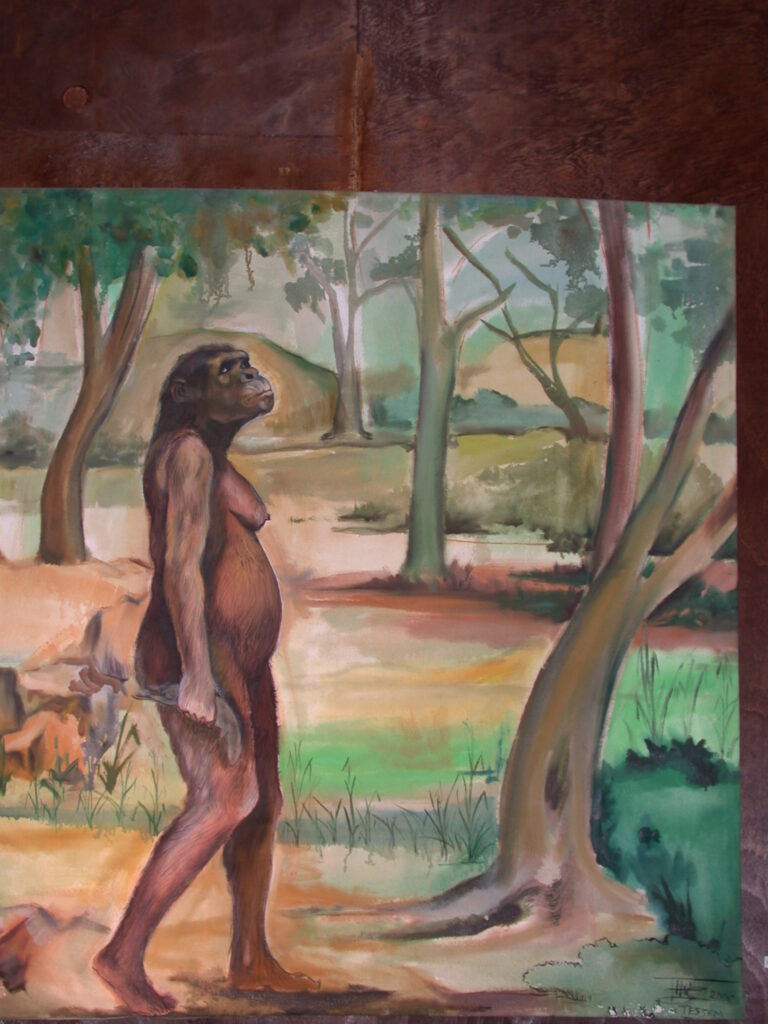
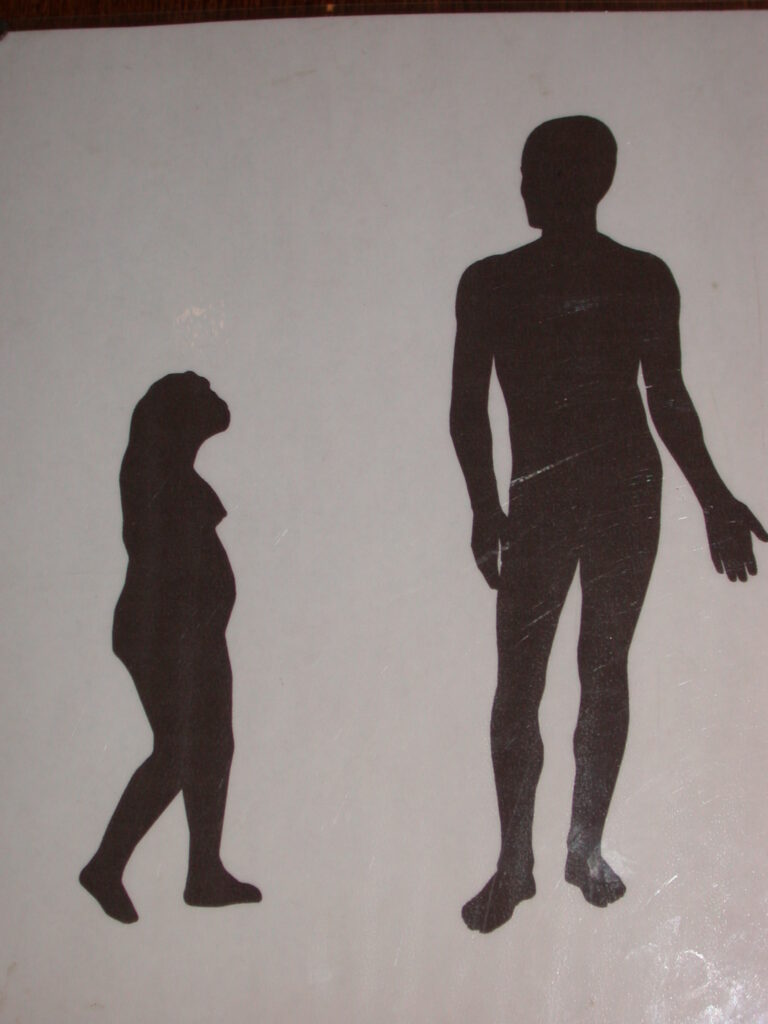
The theory of how human ancestors began walking on two feet (bipedalism) instead of four feet seemed simple, but further discoveries have complicated matters.
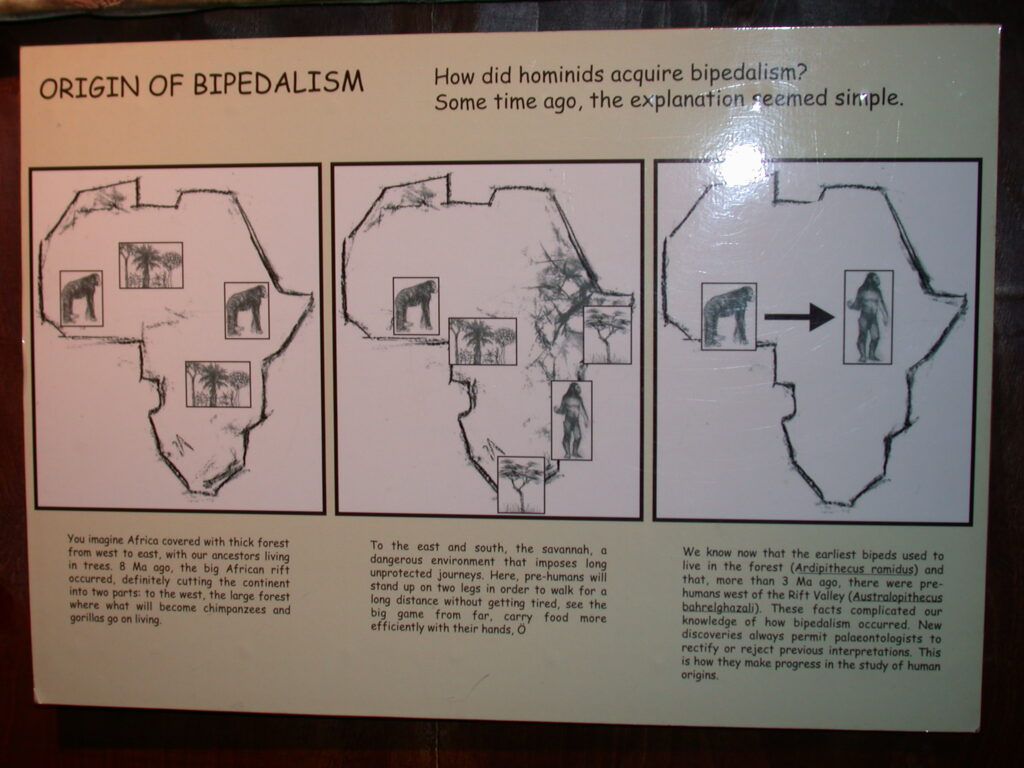
For my current research, I’m focusing mainly on Homo sapiens, the species of humans alive today. The earliest Homo sapiens on record so far appear around 200,000 to 160,000 years ago. One example is this skull (replica shown below) found in Lower Omo region of the Great Rift Valley in Ethiopia. I tried to go to the excavation site but the location was too remote and the bridge I would have needed to cross to get there has collapsed.
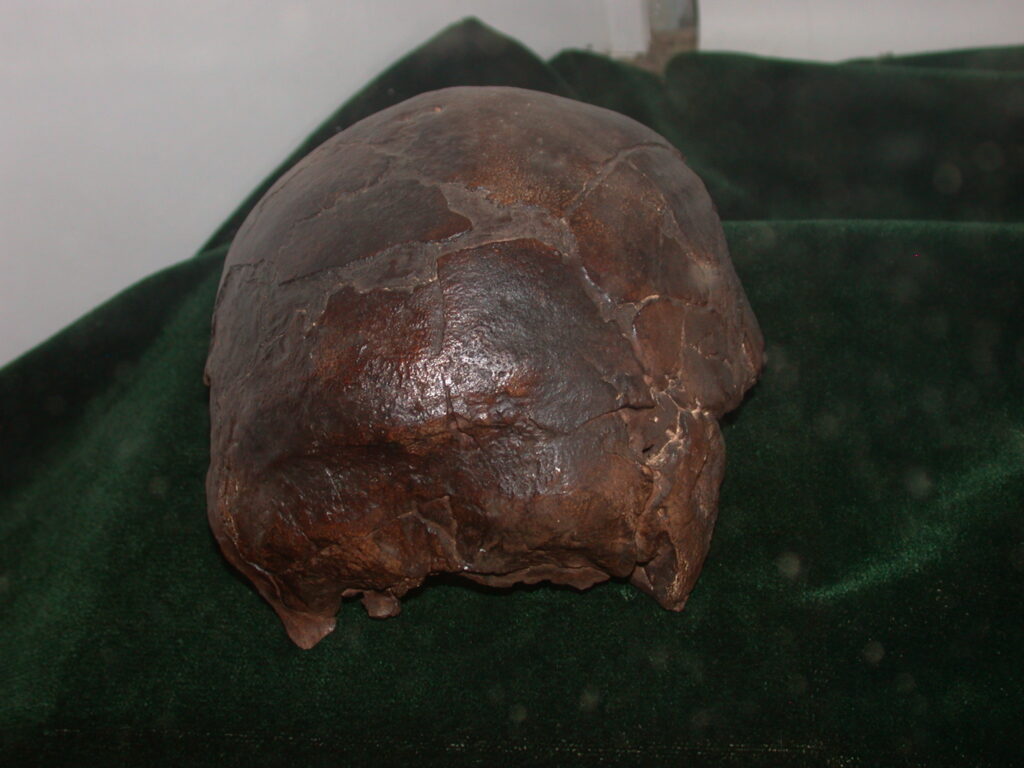
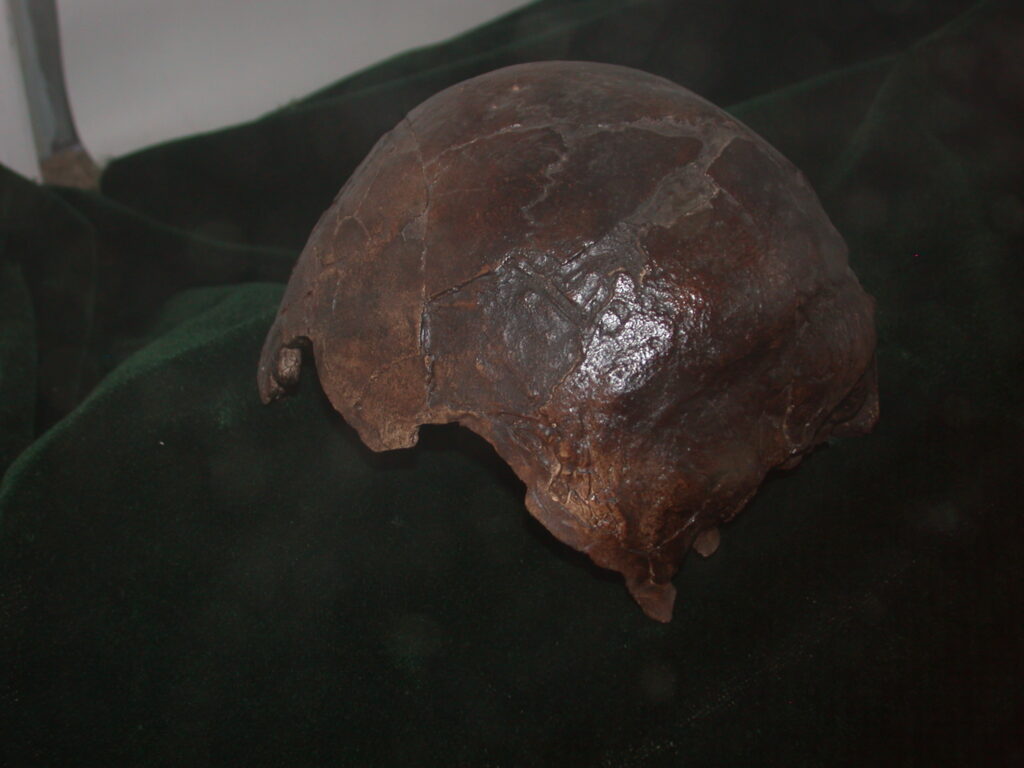
My favorite Homo sapiens remains are those discovered by Dr. Asfaw, Tim White of University of California at Berkeley, and others at Herto in the Afar area of the Awash region of the Great Rift Valley in Ethiopia. They believe the remains are different enough from modern Homo sapiens sapiens to merit a separate sub-species which they dubbed Homo sapiens idaltu (replica shown below). Idaltu means “elder” in the language of the local Afar tribe in Herto village where the archaeologists discovered the remains.
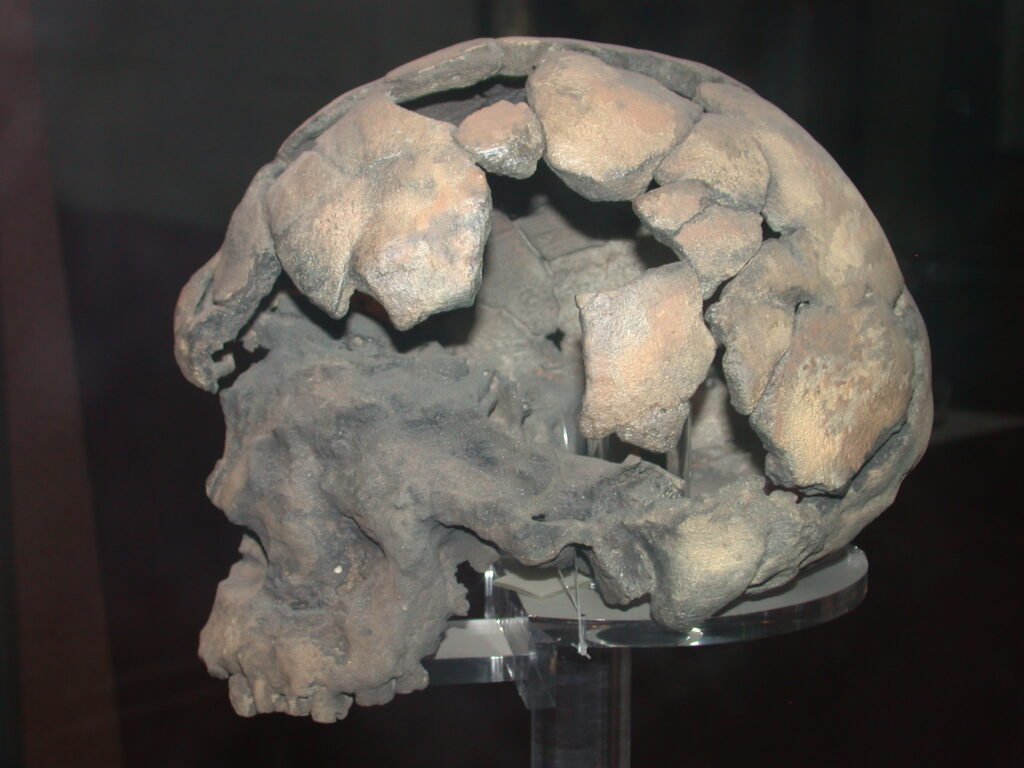
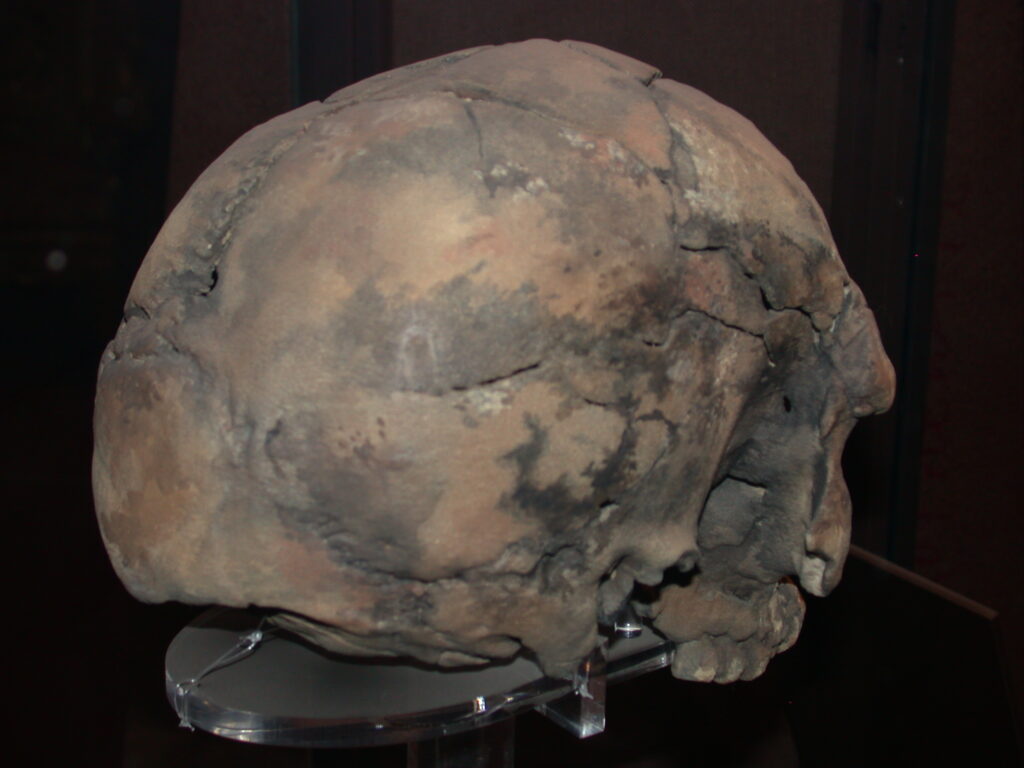
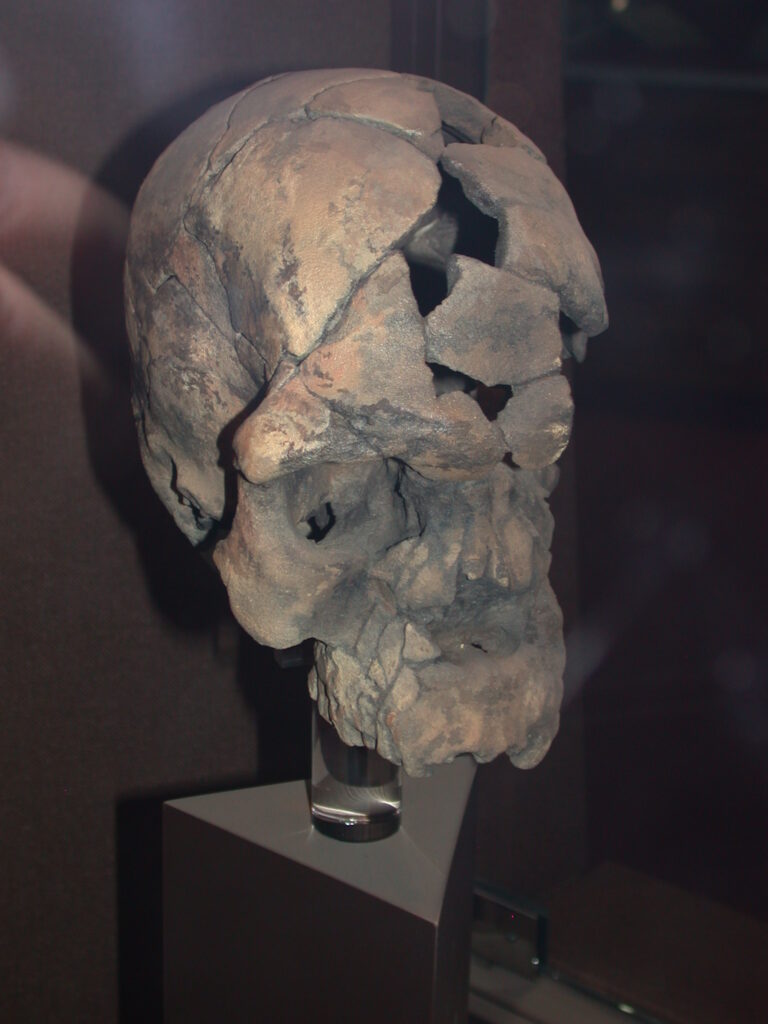
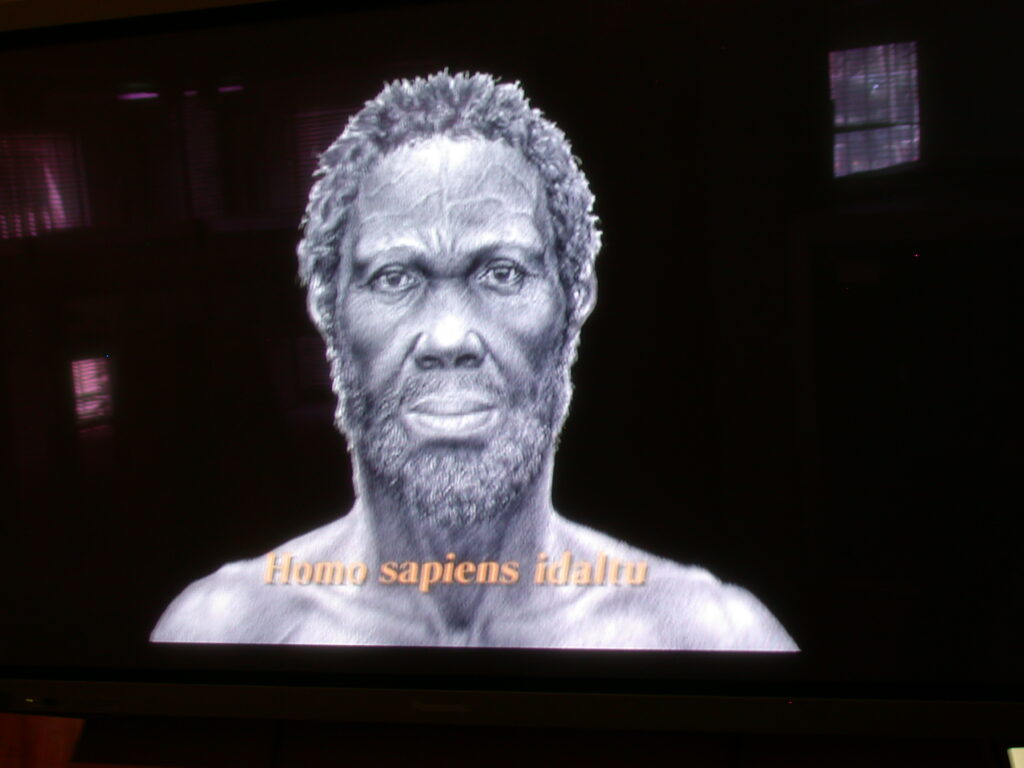
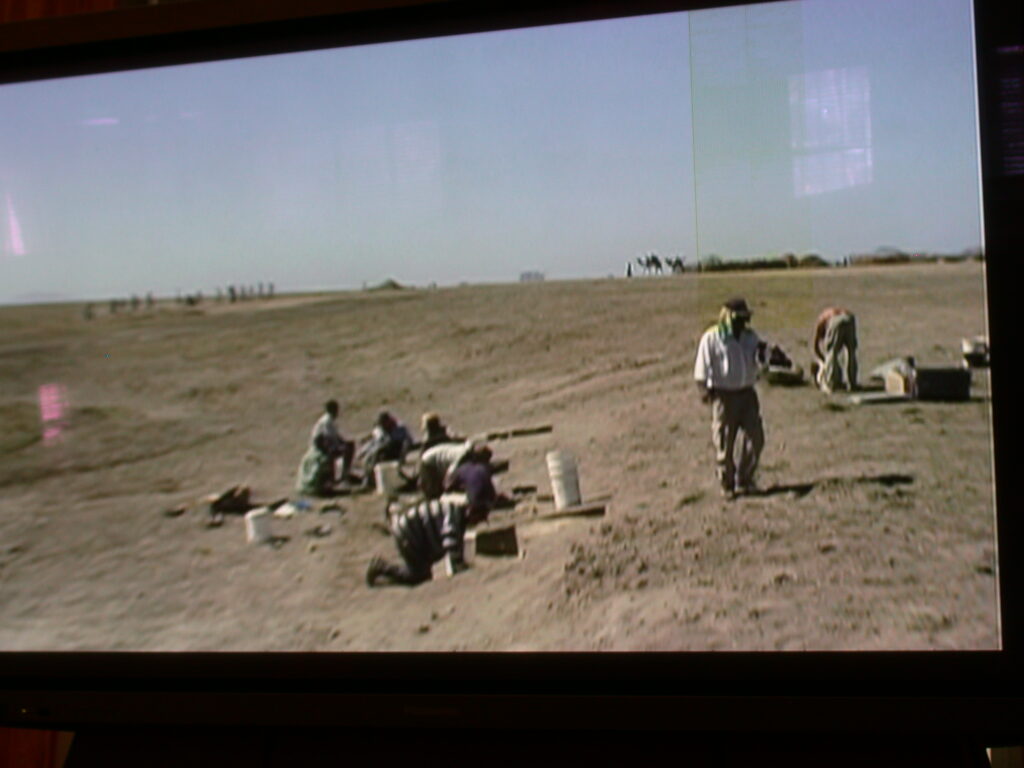
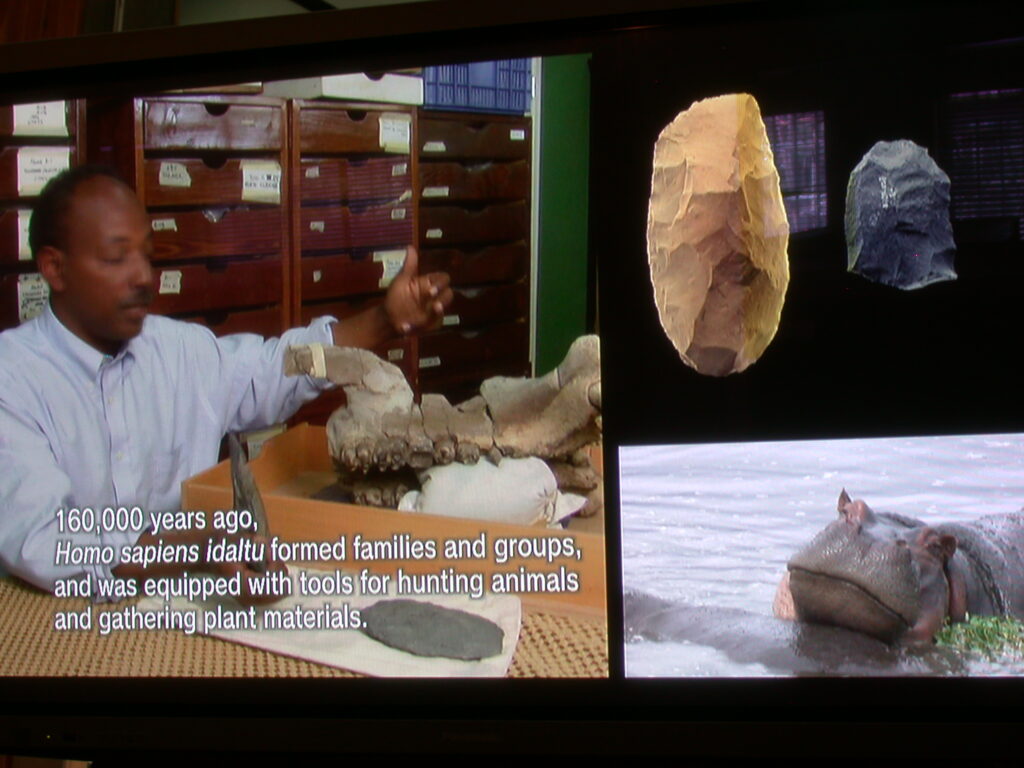
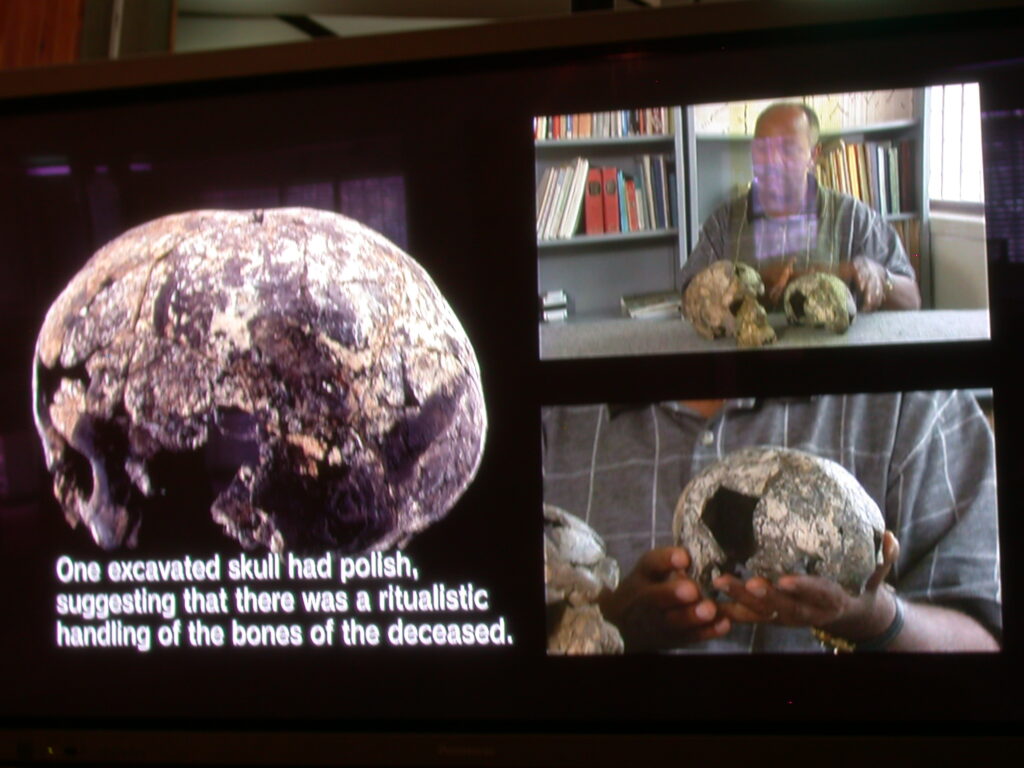
The National Museum in Addis also exhibits old Ethiopian Orthodox illustrated manuscripts and modern Ethiopian art like “African Heritage” by Afewerk Tekle (1967), a painting about the Derg period in Ethiopian history, and “Three Faces of Africa” by Daniel Tohafe (1980).

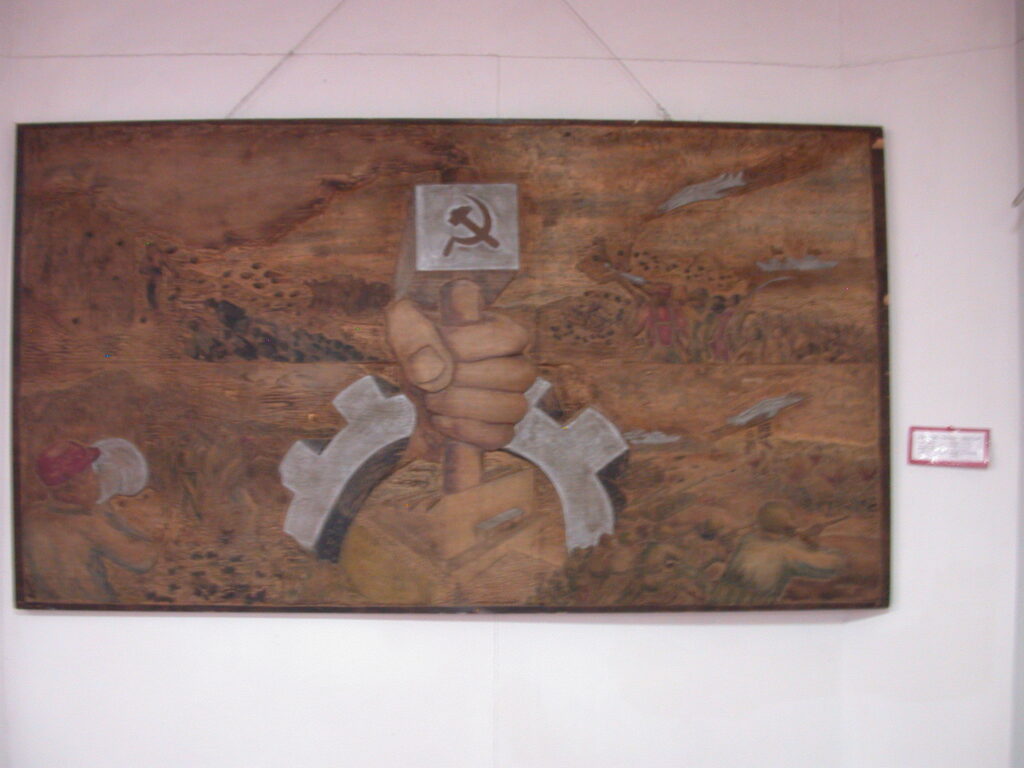
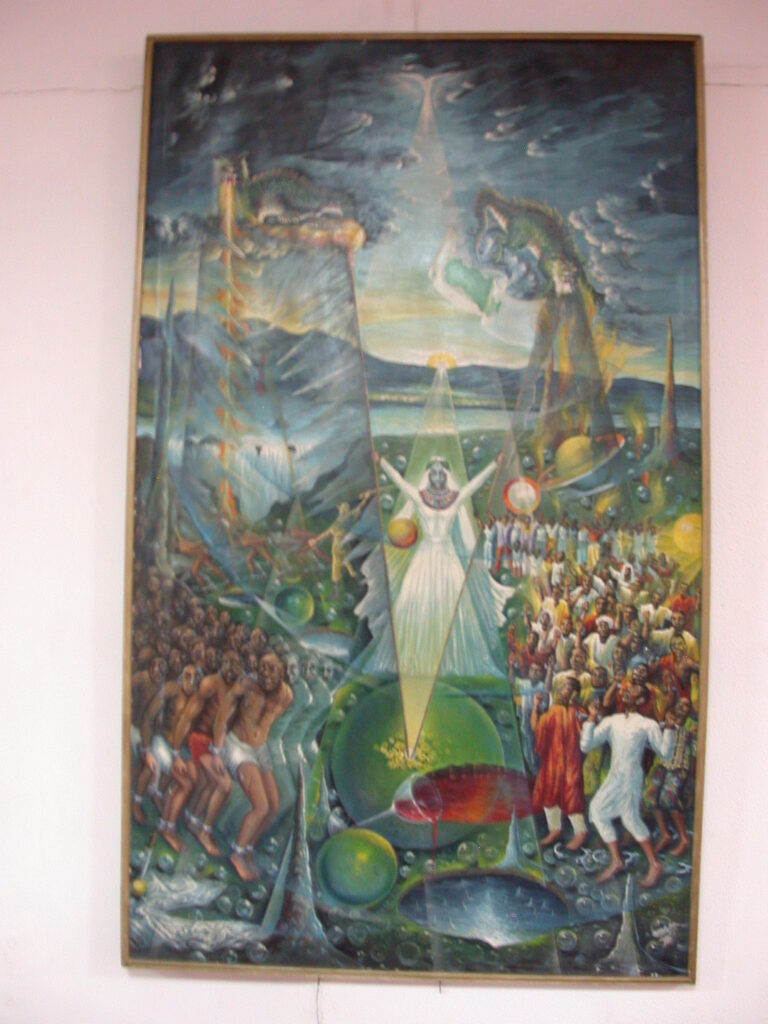
Other notable examples include “How Long?” by TBD and “Ethiopian Symphony No. 5” by Girmay Hiwet (2001)
